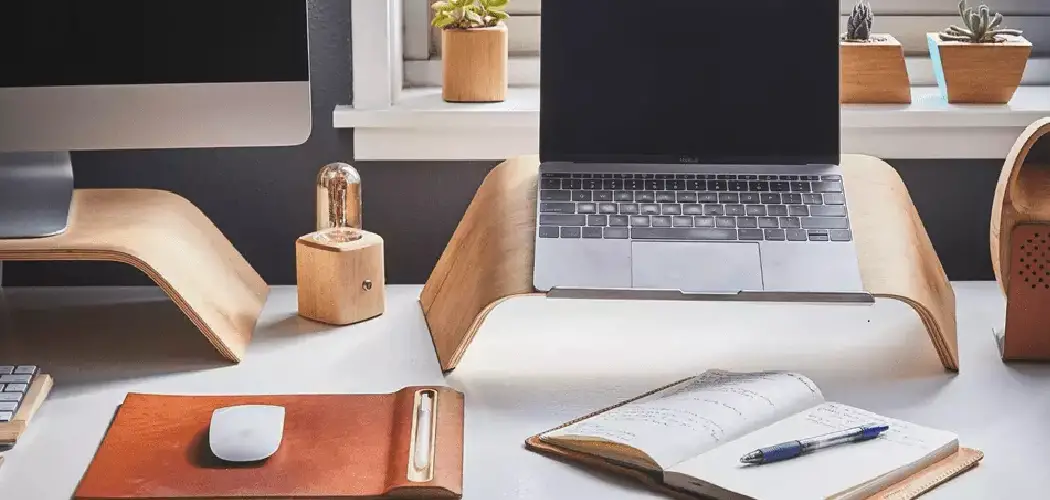Building furniture can be an incredibly rewarding hobby that allows you to create custom pieces tailored to your personal style and needs. As a beginner, diving into the world of furniture making may seem daunting, but with the right guidance and tools, you’ll find it both manageable and enjoyable.
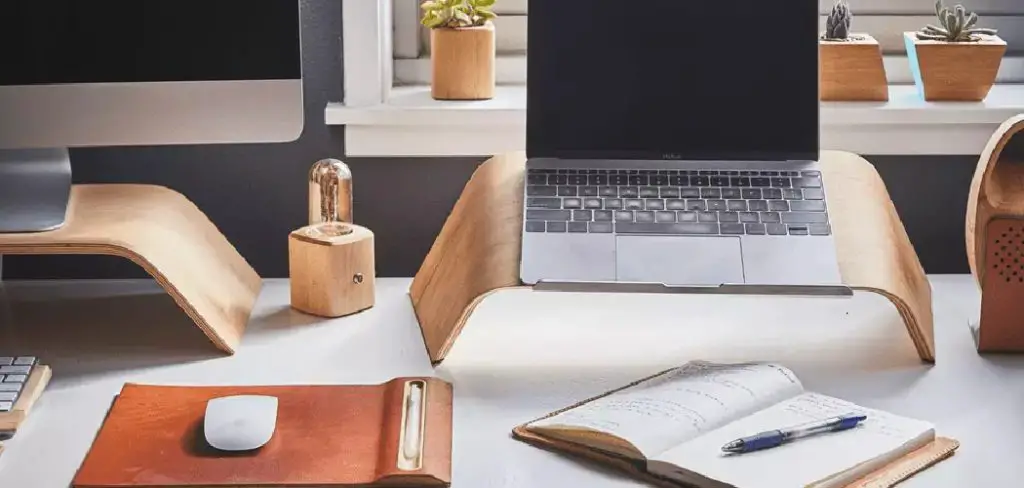
This guide will walk you through how to build furniture for beginners, providing tips and techniques to help simplify the task. From selecting the right materials to mastering basic woodworking skills, you’ll gain the foundational knowledge necessary to embark on your furniture-building journey. Prepare to unleash your creativity and bring your unique designs to life.
Why Build Your Own Furniture?
Building your own furniture offers a multitude of advantages beyond the satisfaction of crafting something with your hands. One significant benefit is customization; you have the freedom to design pieces that perfectly fit your space and personal style, unlike store-bought options that might not meet all your preferences. Furthermore, creating furniture allows you to choose high-quality materials tailored to your needs, ensuring durability and longevity.
This not only results in a unique piece but can also prove cost-effective over time. Additionally, the process of building furniture can be therapeutic and fulfilling, giving you a sense of accomplishment with each completed project. Engaging in this creative venture can also reduce stress and improve focus, all while learning new skills and techniques.
Essential Tools for Beginners
Before embarking on your furniture-building journey, it’s important to equip yourself with some essential tools that will make the process smoother and more efficient. Here are a few key tools that every beginner should consider:
- Measuring Tape and Square: Accurate measurements are crucial in woodworking. A reliable measuring tape and a square will help you ensure that your cuts and angles are precise.
- Saw: Depending on your projects, having a saw like a handsaw, miter saw, or circular saw is necessary for cutting wood to the desired size. Beginners might find a handsaw or a small miter saw beneficial to start with.
- Hammer and Nails: A good-quality hammer and a selection of nails are indispensable for the assembly process. They’ll help you join pieces of wood and complete various fixing tasks.
- Screwdriver and Screws: An essential in any toolbox, screwdrivers (both flathead and Phillips) and screws provide additional support and are often used for attaching hinges, brackets, or other fittings.
- Drill and Drill Bits: A power drill makes creating holes easy and quick. Invest in a drill that comes with a set of various-sized drill bits to accommodate different projects.
- Sander or Sandpaper: To achieve a smooth finish on your wooden pieces, a sander or assorted sandpaper can be used to eliminate rough edges and prepare surfaces for painting or staining.
- Clamps: Clamps are essential for holding pieces together while glue sets or during assembly. They help ensure precision and stability in your projects.
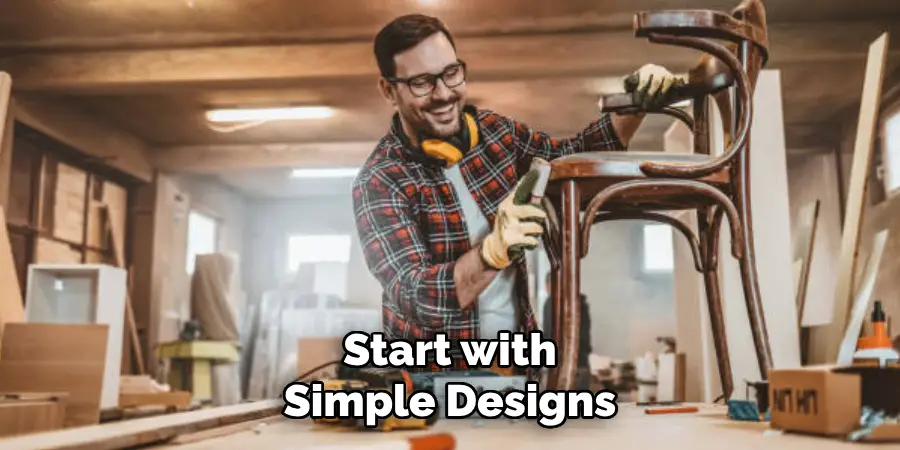
With these tools in your arsenal, you’ll be well-prepared to tackle an array of furniture-building projects and improve your skills as you progress. Remember to prioritize safety by wearing protective gear and following instructions for tool operation.
10 Methods How to Build Furniture for Beginners
1. Start with Simple Designs
As a beginner, it’s important to start with simple furniture designs to ease into the process. Choose projects that don’t involve complicated joinery or require advanced techniques. Items such as basic bookshelves, stools, or coffee tables are excellent first projects because they involve straightforward cuts and assembly. By focusing on simplicity, you can complete your first piece quickly and gain the confidence to tackle more complex designs over time. As you grow more comfortable with tools and techniques, you can gradually move on to more intricate projects.
2. Plan and Measure Carefully
Planning is crucial when building furniture, and accurate measurements are key to ensuring that your project comes together as intended. Before you begin cutting, take the time to measure everything carefully and create a detailed plan or drawing. This includes figuring out the dimensions, materials, and how the various pieces will fit together. Having a clear plan helps to avoid mistakes and ensures that all the components of your furniture fit properly. The adage “measure twice, cut once” is particularly important here—double-checking your measurements will save time and reduce waste.
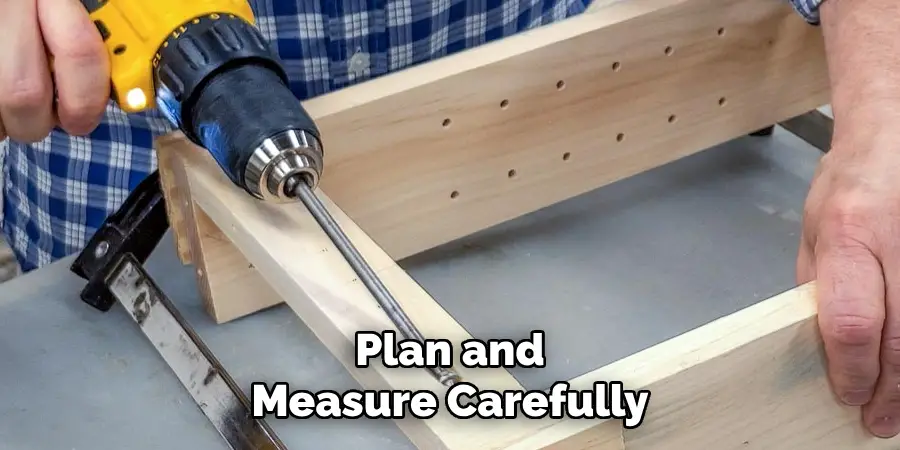
3. Invest in Essential Tools
While it’s not necessary to buy a full workshop’s worth of tools when starting out, having a few essential tools will make furniture building much easier. A tape measure, a hand saw, a drill with a set of bits, a hammer, a square, clamps, and sandpaper are fundamental tools that most beginners will need. If you’re planning on doing more woodworking in the future, you may want to invest in a power saw (such as a circular saw) and a sander. These tools will help you make accurate cuts and smooth surfaces with less effort, making the overall process smoother and more efficient.
4. Choose the Right Wood
The type of wood you choose can significantly impact the outcome of your project. As a beginner, it’s best to start with softwoods like pine or fir, which are more affordable and easier to work with compared to hardwoods like oak or maple. Softwoods are also more forgiving when it comes to mistakes and are widely available at home improvement stores. Make sure to inspect the wood for warping, knots, or other defects before purchasing, as these can affect the stability and appearance of your finished piece. Once you gain more experience, you can experiment with different types of wood to achieve various aesthetics and durability levels.
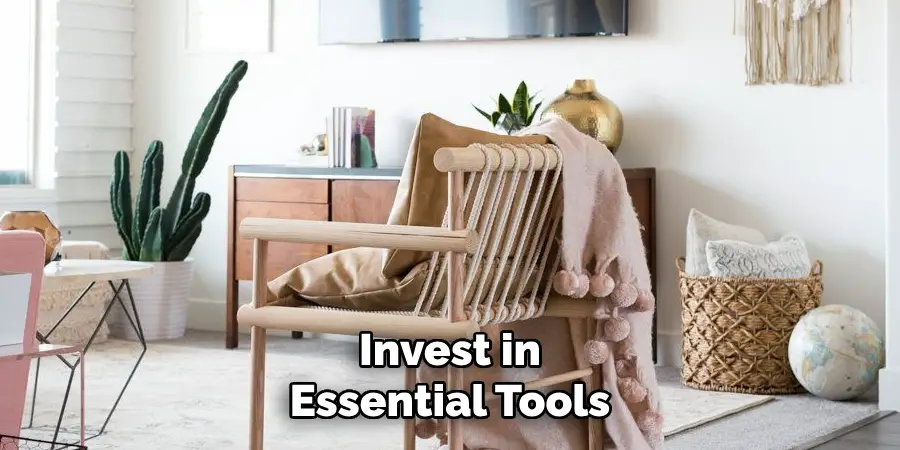
5. Use Basic Joinery Techniques
When building furniture, joinery refers to the methods used to connect different pieces of wood. Beginners should start with basic joinery techniques, such as butt joints, lap joints, and pocket holes, which are simple yet effective ways to assemble furniture. Butt joints involve connecting two pieces of wood at a right angle using screws or nails, while lap joints require overlapping two pieces of wood and securing them together. Pocket hole joinery, which uses special screws and a jig, is a great option for beginners because it creates strong, invisible joints without complicated tools. By mastering these fundamental techniques, you’ll be able to build sturdy, long-lasting furniture.
6. Practice Safe Cutting and Drilling
Safety should always be a priority when building furniture, especially when using cutting tools or power tools. Whether you’re cutting wood with a handsaw or using a power drill, make sure to wear appropriate safety gear, including safety goggles, ear protection, and gloves. Always cut and drill on a stable surface, such as a workbench or sawhorses, to prevent accidents. When using power tools, keep your fingers away from blades, and always follow the manufacturer’s instructions. For beginners, taking your time and working deliberately can help reduce the risk of injury while allowing you to learn proper techniques.
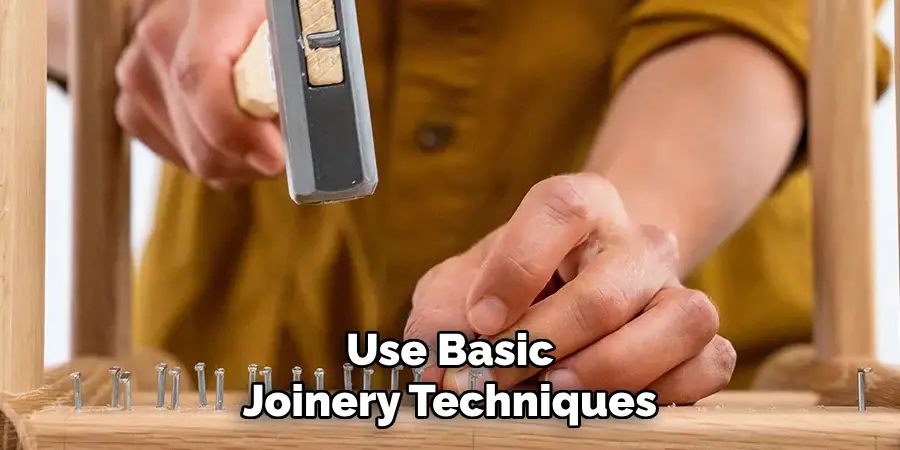
7. Sand Your Pieces for a Smooth Finish
Sanding is an essential step in the furniture-building process, as it smooths rough edges and prepares the wood for finishing. After cutting your pieces to size, use sandpaper (starting with medium-grit and then fine-grit) to smooth the surfaces and round off any sharp edges. Sanding not only improves the appearance of the wood but also ensures that the finish or paint adheres properly. For larger projects, consider using a power sander to speed up the process, but for smaller projects or detailed work, hand sanding is often more effective. Sanding well gives your furniture a professional, polished look.
8. Use Glue for Added Strength
Wood glue is an excellent way to reinforce joints and provide added strength to your furniture. While screws and nails are important for holding pieces together, glue helps bond the wood at a molecular level, making the connections more durable over time. Apply glue to the joints before screwing or nailing the pieces together, and use clamps to hold the pieces in place while the glue dries. Be sure to wipe away any excess glue with a damp cloth before it dries, as it can be difficult to remove once hardened. This extra step can greatly improve the longevity and stability of your furniture.
9. Paint or Stain for a Finished Look
Once your furniture is fully assembled and sanded, it’s time to finish it with paint, stain, or varnish. The finish you choose depends on the look you’re going for and the type of wood you’ve used. Paint is a great option for softwoods, as it hides imperfections and provides a vibrant finish. Stain, on the other hand, highlights the natural grain of the wood and is ideal for hardwoods or if you want a more rustic look. Apply the finish in thin, even coats, and allow each layer to dry completely before adding another. Finishing not only enhances the appearance of your furniture but also protects the wood from moisture and wear.
10. Learn from Each Project
Building furniture as a beginner is as much about learning as it is about creating. Each project presents an opportunity to improve your skills and gain new insights. Don’t be discouraged by mistakes—they’re part of the learning process. After completing a project, take time to reflect on what went well and what could be improved. Were your measurements accurate? Did the joints fit together properly? How did the finish turn out? By analyzing your work and learning from your experiences, you’ll continue to grow as a furniture builder and tackle more advanced projects with confidence.
Conclusion
Building furniture as a beginner is an exciting and rewarding journey that allows you to bring your creative vision to life while gaining practical woodworking skills. By starting with simple designs, planning carefully, and investing in the right tools, you can create functional and attractive pieces that add character to your home. From mastering basic joinery techniques to choosing the right finish, each step contributes to the success of your project. With patience, practice, and a willingness to learn, you’ll soon find yourself building furniture with confidence and pride.

